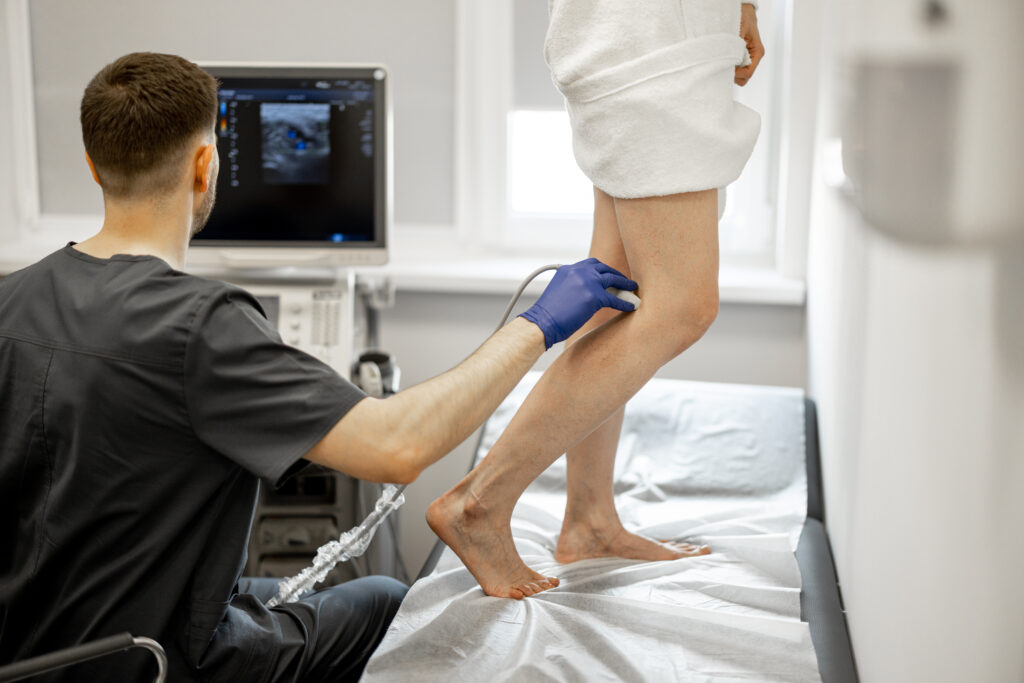The Eleventh Circuit Court of Appeals has ruled that a lower court made a significant misstep by excluding crucial evidence in a case involving a staggering $400 million health insurance fraud scheme.
Buckle up, folks – this case is packed with legal jargon, alleged conspiracies, and some seriously questionable paperwork.
At the heart of this saga are three healthcare executives, who find themselves ensnared in allegations of a Medicaid fraud scheme that reportedly ran from 2000 to 2013. The alleged conspiracy involved a collaboration between Tenet Healthcare Corp. and Clinica de la Mama, which two of the alleged conspirators operated.
The U.S. Department of Justice (DOJ) alleges that this operation ensured that patients received childbirth services at Tenet facilities in exchange for kickbacks, clearly disguised as contracts for translation and paperwork services. Spoiler alert: they weren’t just doing their taxes.
The Hearsay Hang-Up
Originally, prosecutors aimed to use out-of-court statements from alleged co-conspirators as evidence against the three executives. However, U.S. District Judge Amy Totenberg ruled in 2022 that the government hadn’t convincingly demonstrated that the defendants knew their actions were illegal. This meant the court couldn’t admit the co-conspirator statements under the hearsay rule; think of it as trying to cook a gourmet meal without the right ingredients.
The Eleventh Circuit, however, had a different recipe in mind. In a decision that’s already stirring up debate among legal scholars, the court clarified that under the co-conspirator exclusion to the hearsay rule, prosecutors do not need to prove that a conspiracy was unlawful in order to admit co-conspirator statements. In layman’s terms, if you’re working together towards a goal, legal or otherwise, you might just find your statements making it to the courtroom.
What’s in a Definition?
The crux of the Eleventh Circuit’s ruling hinged on the interpretation of the word “conspiracy.” The judges argued that the term could simply refer to “the act of working together toward a shared goal,” not necessarily an illegal one. They noted that this definition is supported by both U.S. Supreme Court precedent and their sister circuits. Essentially, the judges suggested that if you and your friends decide to plan a surprise party (or an alleged healthcare fraud scheme), you might just be part of a “conspiracy” that merits some serious attention.
The Eleventh Circuit concluded that Judge Totenberg misapplied the standard for admissibility. They emphasized that the relevant question was whether the out-of-court statements were offered against an opposing party and were made in furtherance of a joint venture with that party. The Eleventh Circuit decision appears to nevertheless uphold the lower court’s application of the kickback statute and the standard for finding willfulness.
What Happens Next?
With the Eleventh Circuit remanding the case back to the lower court, there’s a lot to unpack. The district court will now have to reevaluate the admissibility of those tantalizing co-conspirator statements. It’s a second chance for the prosecutors, who are likely sharpening their legal pencils and preparing for another round in this courtroom saga.
The fallout from this ruling could set a significant precedent for future cases involving the co-conspirator exception to the hearsay rule. As the legal community watches closely, the implications for anti-kickback statute cases could be profound.
Conclusion
In a world where the intricacies of law often make your head spin, the Eleventh Circuit has delivered a ruling that could change the landscape for how conspiracies are defined and prosecuted. For the three aforementioned executives, it’s not just another day at the office – it’s the beginning of a new chapter in what’s shaping up to be a long and contentious legal battle.
As this case unfolds, one thing is certain: there will be plenty more legal drama ahead.
Stay tuned!
EDITOR’S NOTE:
The opinions expressed in this article are solely those of the author and do not necessarily represent the views or opinions of MedLearn Media. We provide a platform for diverse perspectives, but the content and opinions expressed herein are the author’s own. MedLearn Media does not endorse or guarantee the accuracy of the information presented. Readers are encouraged to critically evaluate the content and conduct their own research. Any actions taken based on this article are at the reader’s own discretion.














